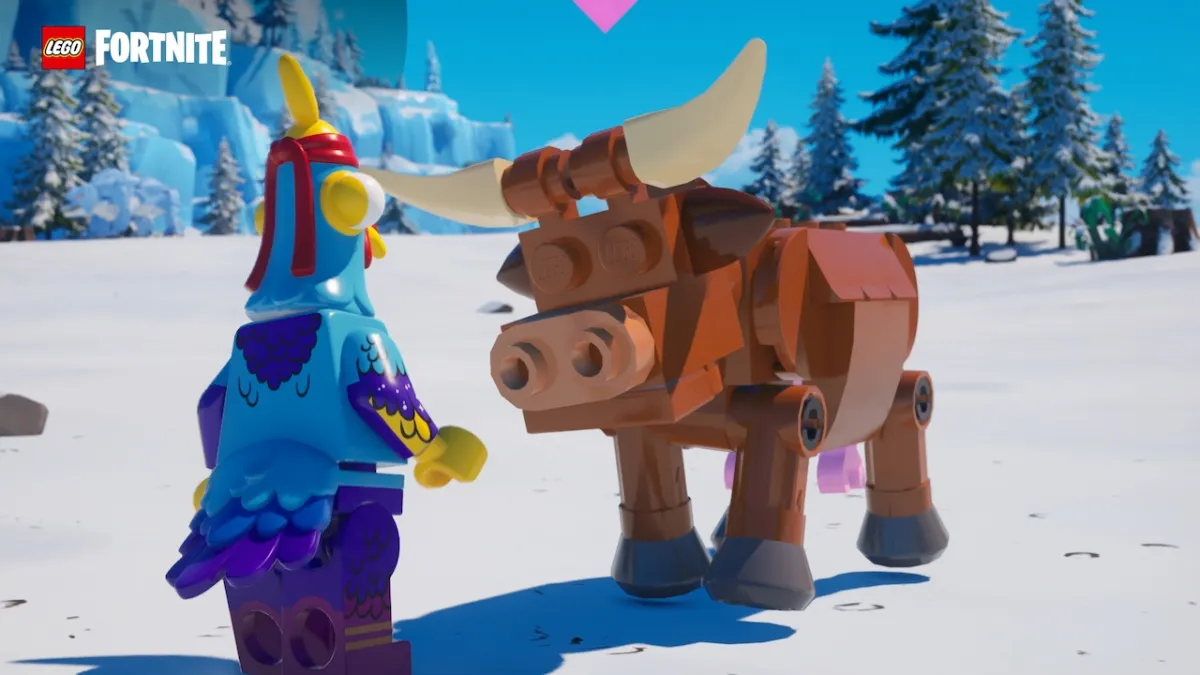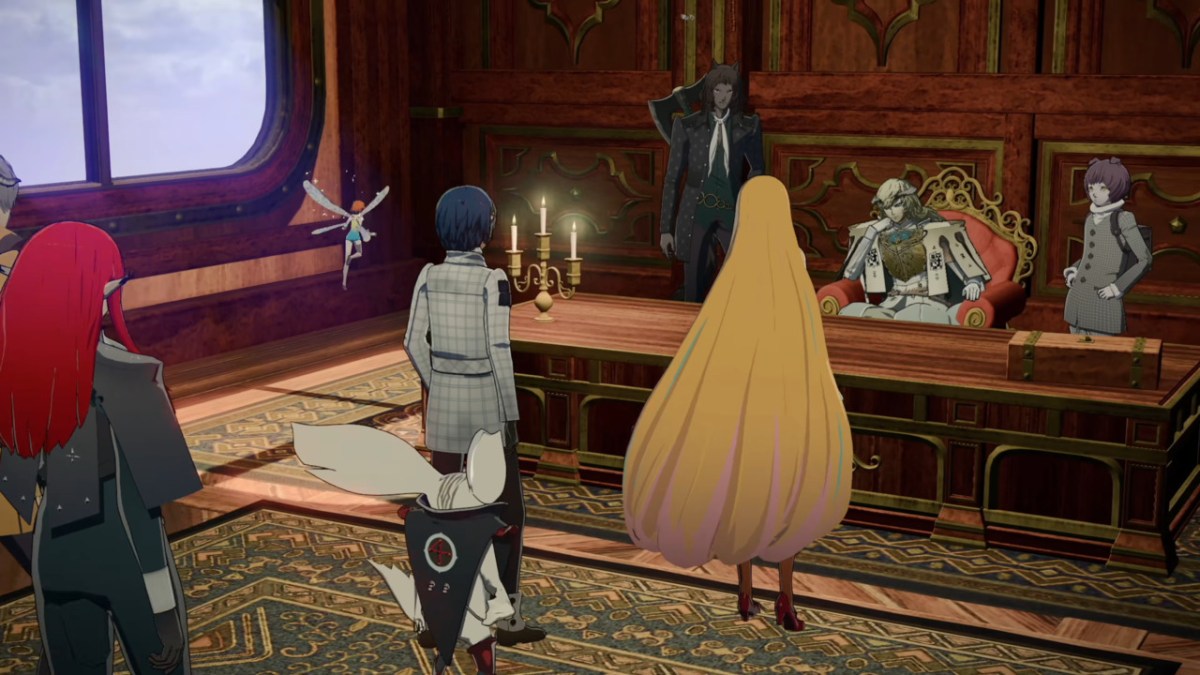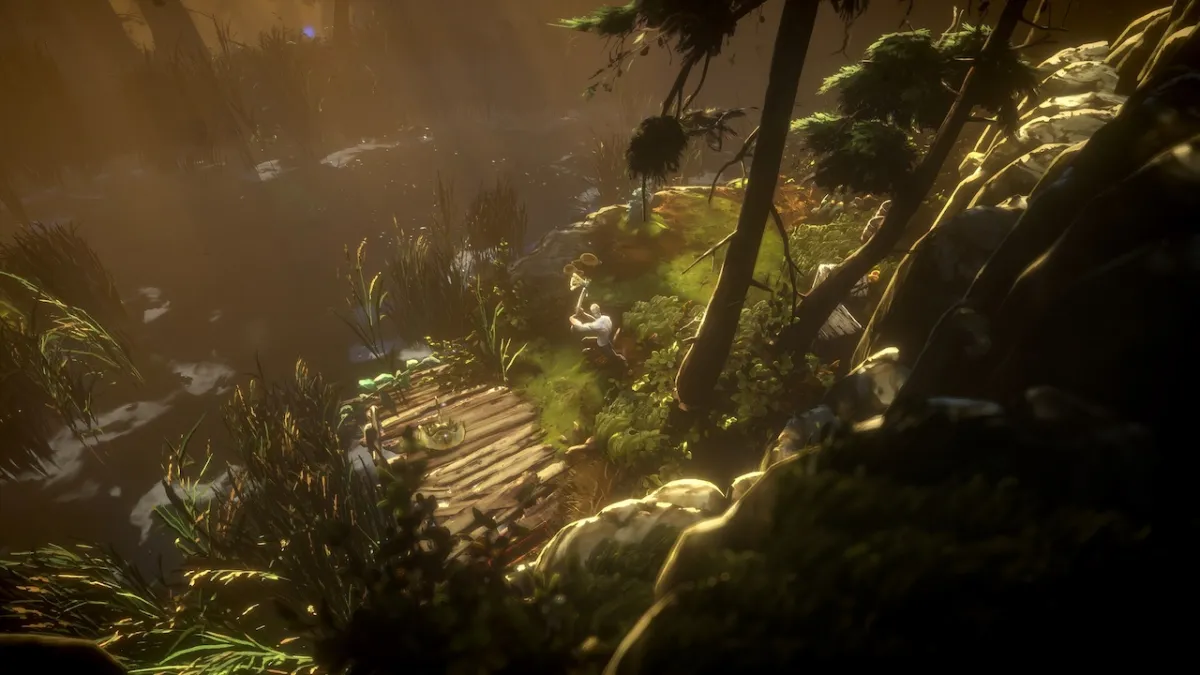Game series that were once popular but gamers lost their interest
by Menashe
Sometimes we see a gaming franchise at the peak of its popularity, being gobbled up like coconuts on a desert island. The series seems like it could do no wrong. The developers are so thrilled with their stroke of luck that they decide to milk the franchise for all its worth. Unfortunately, they often end up doing just that- robbing their franchise of its worth. The series stagnates, trying to accomplish too much over too little time, without evolving organically, in a logical fashion. The fans get bored as the formula gets stale. Or sometimes the developers see that their franchise will gather dust if they don’t do something quick, and they end up offering up a rotten tomato.
Whatever the case, it can be a sad thing to see a franchise lose it verve and vibrancy. A franchise that brought you untold amounts of joy in your younger years, fades away into complacency or obscurity. In this article we look at some of gaming’s most popular franchises that lost their luster as they grew older.
Tony Hawk’s Pro Skater

The success of Birdman’s series has often been seen as due to the fact it was playable by anyone, not only skateboarding aficionados. It was like a beautiful symbiosis of perfect controls, excellent level design, a rewarding combo system, and the thrill of real-life skateboarding, minus actually falling down a flight of stairs.

So, where did the series start to go wrong? The first four games in the series survived by subtly adding new gameplay techniques into each subsequent iteration. THPS2 added the manual. THPS3 tacked on the revert. And THPS4 ditched the timer and added the spine transfer. At that point people were starting to question, what else could the series do to remain fresh and relevant?
So, Tony Hawk’s Underground was the first time the series added a storyline. The game got good reviews but you could already tell– the fire people once had for the series was beginning to die down. Tony Hawk’s Underground continued the story of the previous title. It also scored above-average but the series was already beginning to stagnate. Finally, American Skateland came out and it was the beginning of the end. It tried to turn all the levels in the game into one open world, but really just used bland corridors to mask the loading times. The game didn’t do enough to evolve the series by way of gameplay and gamers were beginning to feel bored. The next two games in the series, Project 8 and Proving Grounds weren’t bad games by any means, but fans no longer were willing to buy a game just because it had the name Tony Hawk slapped on the front cover.

The series has begun to experiment and look for ways to reinvent itself. No one is doubting the very real possibility that one day Tony Hawk games will get back up on the pedestal. But let us know when it happens, because until then we’ll all be playing Skate.
Sonic the Hedgehog

Sonic has been around since 1991. He was once a character that proudly proclaimed to be a rival of Mario. He was so popular at first that he became Sega’s mascot, caused the Sega Genesis’ popularity to skyrocket, and the franchise branched out into anime, cartoons, comic books, manga, and toys. There was something Sonic had that Mario couldn’t reproduce at the time. (In holiday season 1991, Sega outsold Nintendo 2:1 ) The game focused on Sonic’s ability to run and to jump at high speeds with the use of springs, checkpoints, and loops. For a time, that high-octane speed of the hedgehog outperformed the fat plumber.
But it wouldn’t remain like that forever. Sonic was in his element in 2D sidescrolling. Sonic 2 added your sidekick, Miles, and the spin-dash move. Sonic 3 added the shield, “Tails”‘ ability to fly, and introduced the new character, Knuckles. Other games in the series like Sonic and Knuckles, Sonic CD, and a few games for the Game Gear all matched the characteristic Sonic speed, remaining popular and extremely playable.

However, bring Sonic into the third dimension and he begins to gasp like a fish out of water. The truth is, Sonic’s speed was a novelty. It wasn’t a mechanic that was easy to evolve into other forms of gameplay. Whereas Mario’s slower pace allowed for a camera system that could be controlled gracefully, helping him to enter a world of polygonal glory, Sonic was still easier to control and navigate when restricted to the x and y of the Cartesian plane. Sonic Adventure on the Dreamcast was welcomed with great excitement by Sega fans, but it was mostly due to nostalgic sense of speed. The camera issues, glitches, framerate stuttering, and poor voice-acting didn’t translate to a polished experience. Sonic Adventure 2, Sonic Heroes, Shadow the Hedgehog, Sonic Unleashed, Sonic and the Secret Rings, Sonic and the Black Knight, amongst others, were all Sega’s attempts to somehow bring the series successfully into 3D. But it didn’t really work well. Sonic’s name was tainted. Fans no longer got excited by a new Sonic game.
Sega eventually realized that going back to the classic Sonic elements from the Genesis days was necessary to bring back the appeal of Sonic. It was a tough thing to admit, but when Sega came to that epiphany they were finally ready to reboot the series and wipe their hands clean of the previous messes they made. Sonic Colors, Generations, and Sonic the Hedgehog 4: Episode 1 have all been exemplary attempts at bringing back some quality to the series. But, we fear Sonic may never again regain that same hype and passion gamers once had for the blue hedgehog.
Final Fantasy

Hironobu Sakaguchi thought that Final Fantasy would be his last game effort before he returned to university to try a different career. Hence the name, Final Fantasy. Whereas the Japanese magazine, Family Computer, wouldn’t even review the game, Sakaguchi convinced Famitsu to give it a chance, and they were impressed. That 1987 saw the release of a game that would spawn a franchise of monumental success. Final Fantasy was one of the most influential early console role-playing games, and played a major role in legitimizing and popularizing the genre. It featured a storyline that was much deeper and more engaging than the grind-fest called Dragon Warrior.
Subsequent games in the series evolved the battle systems, graphical presentation, characterization, and audio soundtracks. Final Fantasy VI reached the pinnacle of 2D RPGs with its steampunk, fantasy environments and dark, apocalyptic storyline. Final Fantasy VII brought the RPG genre to untold heights as the series migrated to a 3D world, with polygonal characters and pre-rendered scenery. The disc capacity allowed for cut-scenes, artwork, and music quality previously unseen. And Sephiroth kills Aeris. So, yeah. That was cool.
Fans were perfectly satisfied to keep on coming back for more with each new tale Square offered them: FFVIII, FFIX, FFX. But, technology was changing, becoming more powerful. RPGs were capable of more. They suddenly had the ability to create massive worlds, full of detail. Square took advantage of the technology and turned FFXI into an MMORPG. They recently said this was their most profitable game in the entire series. But, the leap in power brought about other dominant forces in the industry. Bioware began to experiment with their own version of real-time RPGs. Star Wars KOTOR and the Mass Effect series proved that Square’s brand of RPG wasn’t the only flavor to be had. Bethesda also taught the industry a thing or two about massive RPG worlds to get lost in.
Square has tried out different routes with the remaining games in the series, to varying degrees of success. FFXII gained critical acclaim but many felt that the storyline wasn’t as memorable as past games. FFXIII achieved whopping sales numbers but was criticized for its linearity. And finally, FFXIV, was a colossal flop. It was broken and almost unplayable. It only sold half a million copies worldwide (compared to the recent FFXIII’s 6.7 million or the long-ago FFVII’s 9.7 million.) Square looks to rectify that with a reboot of the game in 2013.

With the recent lack of consistency in the series, and the proliferating alternatives in the genre, fans no longer wait with bated breath for the next game in the series. A Final Fantasy game is no longer an instant buy- it often requires a glance at review scores to justify the purchase. This is a saddening sentiment for a series that once held so many of us captive with its evocative storylines and immersive worlds.
Myst
Myst was the best-selling PC game through the 90’s. Many critics were baffled at its success, because it seemed like nothing more than an interactive slideshow. But, that slideshow immersed characters in its lonely world like no other and challenged them with tough puzzles to solve. Traversing the beautiful 3D pre-rendered world using a first-person perspective was a new way of approaching the graphic adventure genre. Some claimed Myst proved how games could be art. Some called it a spiritual experience, like meditation. You try to unravel the enigma of the island by exploring the island, but there’s no time pressure to distract you, no arbitrary punishments put in your way.

But, looking back at Myst, it’s easy to wonder: how did we once sit through that? Many consider Myst to be the final nail in the coffin of the adventure genre of Sierra and Lucas Arts. There was no interaction. No dialogue. The game engine was basically the equivalent of a Powerpoint Presentation. And the puzzles themselves weren’t necessarily logical. It cast a spell on players for a while but when technology allowed for interaction and narrative presentation of a whole new level, games like Myst became a relic of the past.
But, it wouldn’t be fair to say Myst died a quick death. After its release and subsequent rise to fame in 1993, Myst saw a sequel released in 1997, called Riven. I remember being thrilled with Riven, just as I was enraptured with Myst. Riven was loaded onto five discs in total just to contain that one game. Of course, a big part of the novelty was the gorgeous realism of the fantasy world. It was serene. It was mystical. And it was stunning. But, once again, the point-and-click nature of the game was a dying gameplay mechanism, largely abandoned by the industry.

For big-budget retail games, the adventure structure of the Myst series was starting to show its age and the cobwebs began to collect. Myst III: Exile won over critics, but fans no longer considered it relevant in a market full of fast-paced action games. It required a methodical and slower pace that belonged to a different generation, with a different kind of patience in their video games. Myst III fell far from the 10-million combined sales of the previous two games in the series. Uru: Ages Beyond Myst was criticized for its clunky controls and sold poorly, as well. Myst IV and V were well-received by reviewers, but the popularity the series once knew had waned. After Myst V, Cyan lay off almost all of its staff members and announced that the series had come to a close. Somehow, Cyan stayed alive and moved on to other projects. The Myst series is now over.
But all is not lost. The Myst series became like the old grandfather who realizes his strength has ebbed and the world has moved on from his generation. But, in a sense, the inheritance of the legacy still lives on. Where? The quiet, lonely atmosphere of the Myst and the mind-bending puzzles of exploration would one day find itself resurrected again in casual point-and-click games across the internet, such as the Escape-the-Room genre or the casual adventure games found on Big Fish Games. While it may not be part of the hardcore industry, it still keeps a thriving segment of the market to itself.
I had intended to discuss a few other series’ ups and downs such as Crash Bandicoot, Spyro, Tomb Raider, Madden, Syphon Filter, Mario Party, Tetris, The Sims, RockBand, Soul Calibur, Earthworm Jim, and, yes, even… Mario. (Zelda and Mario Kart are also debatable.) But, the article grew too long and I had to stop for now. If there is interest in a Part 2, I could try and find time to see to that. Also, stay tuned for next week, when we reveal our Best 100 PS1 Games. (Emulators not included 😛 )







